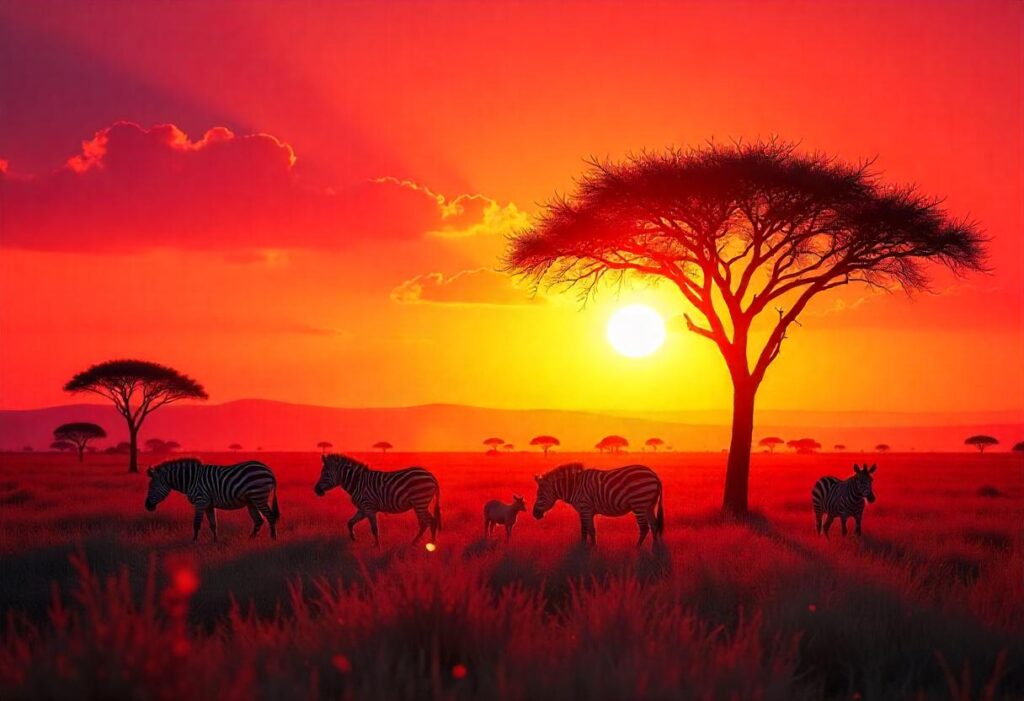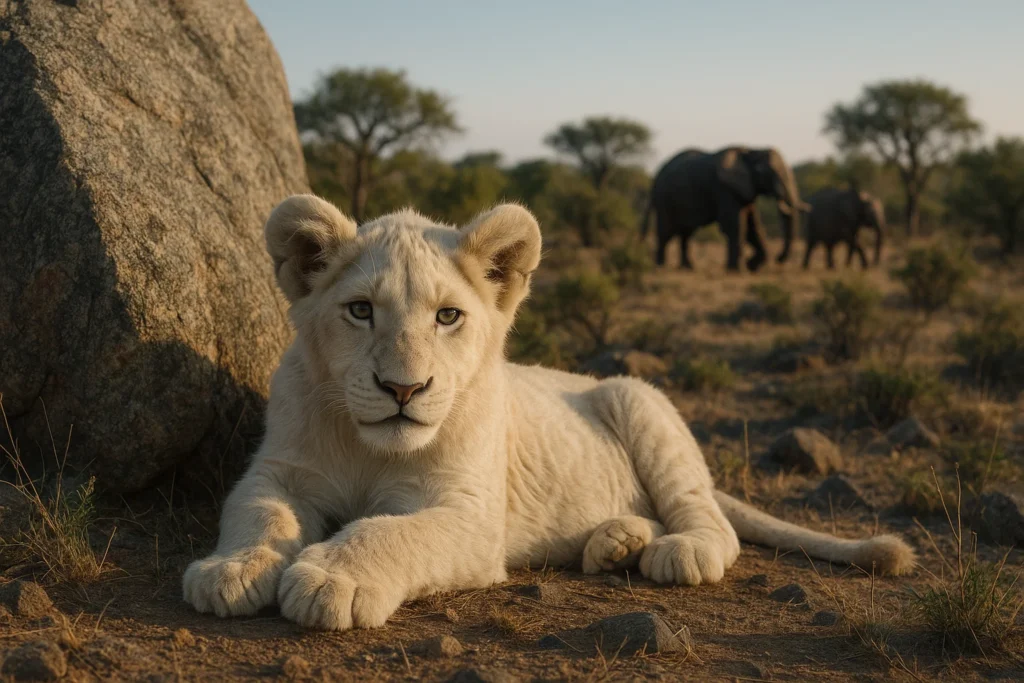Embarking on a safari in Southern Africa is one of the most rewarding travel experiences in the world—but choosing when to go can significantly shape what you see, how comfortable you are, and how much you enjoy your journey. This guide breaks down the best times to visit based on weather patterns, wildlife behavior, and regional highlights.
Understanding Southern Africa’s climate
Southern Africa includes safari hotspots such as South Africa, Botswana, Namibia, Zimbabwe, and Zambia. While conditions vary across regions, the climate generally follows a wet summer (November to March) and dry winter (May to September) pattern.
Key climate zones:
- Savannah and bushveld areas (e.g., Kruger, Okavango): hot, wet summers and dry, cooler winters
- Desert regions (e.g., Namibia’s Skeleton Coast): arid year-round, with sharp day/night contrasts
- Subtropical zones (e.g., KwaZulu-Natal): more humidity and rainfall
Best time for wildlife sightings
Wildlife viewing is possible year-round, but certain periods offer exceptional visibility and activity.
Dry season (May–September): Prime safari conditions
- Sparse vegetation improves visibility
- Animals congregate at water sources
- Cooler temperatures, especially in the mornings and evenings
- Great time for Big Five sightings and photography
Green season (November–March): Birdwatching and new life
- Ideal for migratory birds and birdwatching safaris
- Landscapes are lush and vibrant
- Calving season attracts predators—great for dramatic wildlife encounters
- Afternoon thunderstorms are common but short-lived
Shoulder months (April & October)
- Transitional months with fewer tourists and balanced weather
- Still good wildlife visibility
- Possible discounted rates at lodges and camps
Seasonal highlights by country
South Africa
- Kruger National Park: June–September for game viewing; November–February for birdlife
- Madikwe & Pilanesberg: Drier months bring more sightings around waterholes
- KwaZulu-Natal: Year-round safaris, with summer better for coastal wildlife
Botswana
- Okavango Delta: June–August is peak flood season, perfect for mokoro safaris
- Chobe National Park: August–October for massive elephant herds along the river
Namibia
- Etosha National Park: July–October sees animals flock to salt pans
- Skeleton Coast: Better explored in cooler months (May–August)
Zimbabwe & Zambia
- Victoria Falls: March–May for full flood, but July–October for the best views
- Hwange & South Luangwa: Excellent game viewing from June–October
Pros and cons of each season
| Season | Pros | Cons |
|---|---|---|
| Dry (May–Sept) | Easy game spotting, fewer insects, cooler weather | Higher prices, more tourists |
| Wet (Nov–Mar) | Birdwatching, dramatic skies, fewer crowds | Difficult roads, some lodges close, humid |
| Shoulder (Apr, Oct) | Balanced experience, fewer crowds | Weather may vary, still transitioning conditions |
Choosing the right time for your interests
For photographers
Go in June–August for soft winter light and crisp air. For lush green backdrops, opt for January–March.
For birdwatchers
The wet season (especially January and February) is a dream for spotting migratory and endemic species.
For budget-conscious travelers
Travel during April or November, when prices are lower but wildlife viewing is still excellent.
For avoiding crowds
Avoid school holidays in July and December. Parks are quieter in May and early October.
Final tips for planning your safari
- Always check malaria risk by season and region
- Some roads may be impassable in the rainy season
- Book early for peak months (June–September)
- Bring layers—nights can be cold, even in summer
FAQs
Yes, the dry winter months (June to September) offer excellent wildlife sightings, minimal vegetation, and cooler temperatures.
Absolutely. While rain may limit access in some areas, the green season offers beautiful landscapes, fewer tourists, and abundant birdlife.
Generally, October is the hottest month, with temperatures rising before the rains arrive.
Traveling during April or November can offer lower rates while still providing great wildlife encounters.






